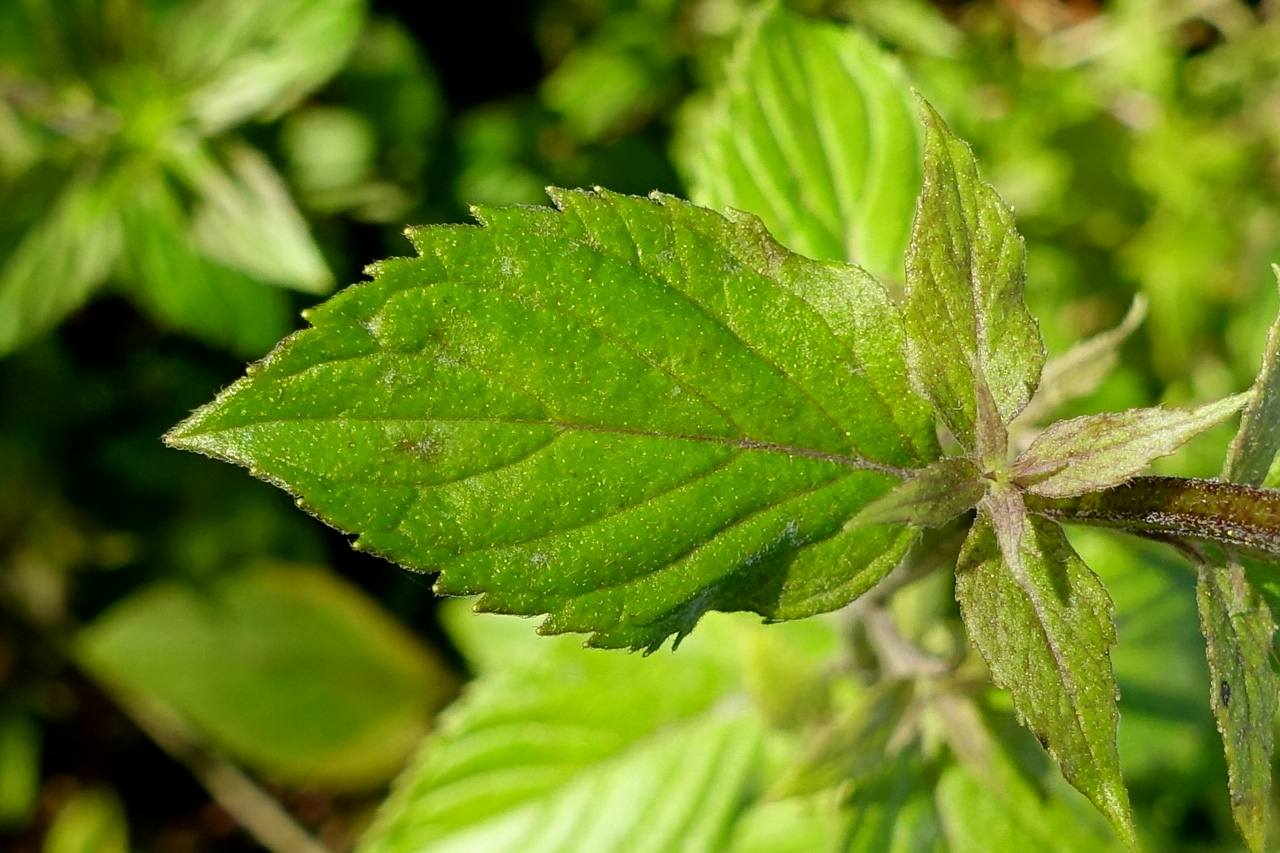
MA is usually included in the crop rotation with different crop species as it reacts well to intercropping and green manuring.

It has higher yields under the subtropical conditions of Asia. MA originates from the temperate climates of Europe and western and central Asia. A recent study showed that the inclusion of MP in crop rotation can negatively affect a succeeding maize, which may result from the allelopathic interactions of MP, possibly due to changes in the quantitative and qualitative profiles of EO during its decomposition in the soil. MP can be grown as a sole crop or intercropped with other species. rubescens (Camus), called black or English MP, which has violet stems and leaves. A widely cultivated botanical form of MP is Mentha x piperita L. It has higher yields in the temperate climate regimes of higher precipitation levels. MP originates from the Mediterranean region and is a natural hybrid between M. canadensis L., Japanese mint): cornmint-MA. (Hudson): peppermint-MP, and Mentha arvensis L., (syn. There are two well-known, so-called menthol mints in cultivation: Mentha x piperita L. Different mints are known for a reasonably high content of essential oils (EO), which are deposited in the glandular trichomes, mostly located on the adaxial surface of their leaves. The genus mint ( Mentha) belongs to the Lamiaceae family and includes 42 species, 15 hybrids, and hundreds of subspecies, varieties, and cultivars, which potentially crossbreed when in proximity. At the same time, known techniques are to be applied to this area and new methods should be worked out, aiming at the improvement of EOs’ pesticidal efficacy and cost-effectiveness, for future implementation in agricultural pest control.

However, it is clear that in situ experiments are crucial and should be more extensively developed. The results of in vitro research are useful for choosing EOs for further investigations. A number of investigations showed that the in vitro efficacy of MPEO and MAEO, as well as that of their main constituent, menthol, is pronounced. It is apparent that the prospect of using menthol mint oils in agriculture is increasing in popularity. To a lesser extent, the insecticidal and herbicidal activities of mint EOs have also been studied. The biological activities of these menthol mint oils, which can be useful in agriculture, have been broadly researched, especially toward phytotoxic microorganisms. This review article discusses the active constituents and potential of two menthol mint oils, Mentha piperita (MPEO) and Mentha arvensis (MAEO), as natural sources for botanical pesticides.


 0 kommentar(er)
0 kommentar(er)
